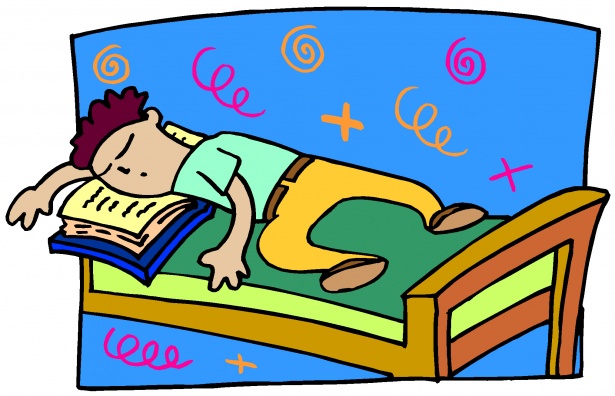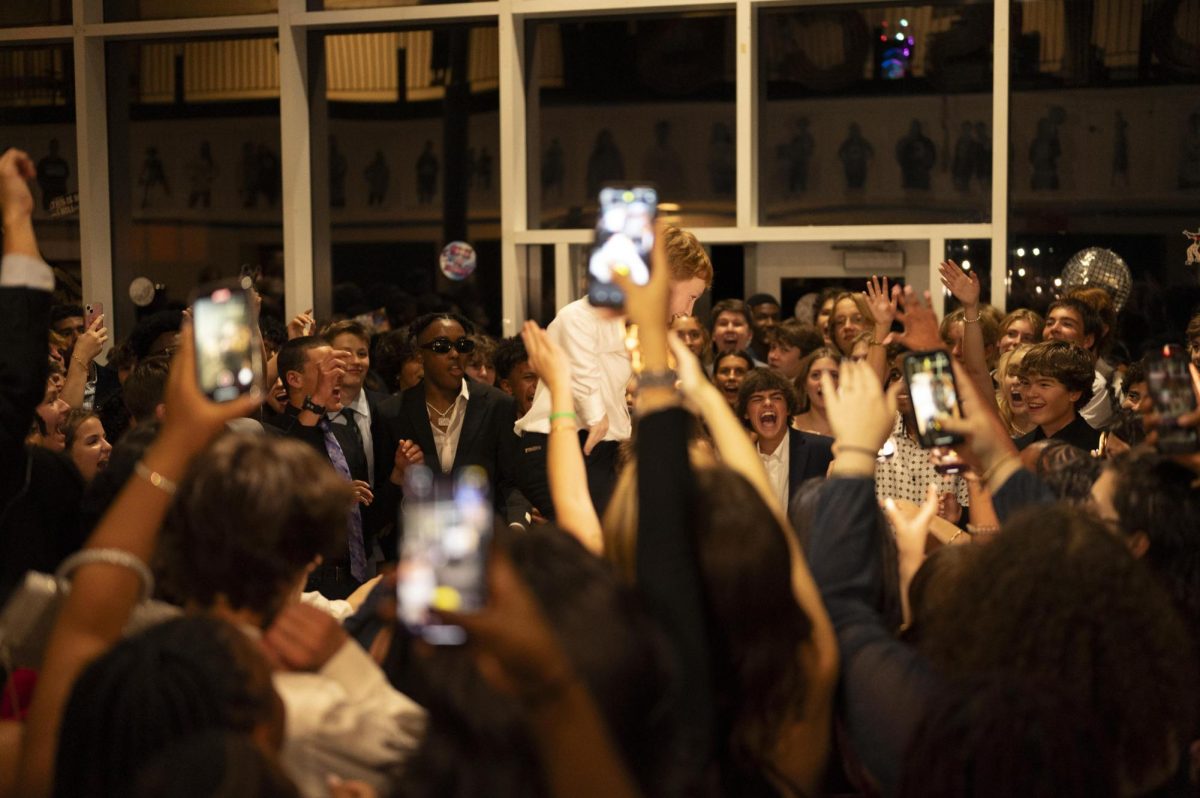What’s the Deal with NFTs?
January 12, 2022
What the heck are NFTs? The three letter acronym has been taking over news feeds, social media and possibly the world? Words like “Metaverse”, “cryptocurrency”, or “art blocks” are being thrown around, making it difficult for many to get a basic understanding of what an NFT really is.
I spoke to members of CHS Investment Club to try and find a simple yet descriptive definition for our KTR family.
The definition of NFTs according to Wikipedia is “A Non-Fungible Token – a unique and non interchangeable piece of data stored on a blockchain.” Broken down, that means that an NFT is basically any digital item that a person owns. NFTs are special because a person can own the original authentic version. NFTs’ value is simply based on how unique and popular it is. In the same way the Mona Lisa has become the most highly coveted piece of art in the world, NFTs are sold for millions of dollars because enough people think they are cool.
One of the first, most expensive NFTs was the rights to the very first ever tweet, sold for just over $2.9 million dollars. NFTs are often digital art pieces, popular and futuristic because many say they can be displayed in the future Metaverse.
This concept is pretty understandable for high school students. Whether it’s social status, the clothes we wear, or the classes we want to take, many important things in a high schoolers life are important because they and other teenagers say so. Being original is key for many teenagers. And NFTs could possibly emphasize and redefine the way the world approaches the idea of value. Senior in Investment Club Heming Halverson-Taylor puts it this way: “I’ve copied and pasted a ton of NFTs. But I don’t own the image so their value is significantly less. However, with tangible art I can say ‘Oh this is more expensive because Van Gogh touched this canvas.’ But with NFTs you can’t really say that as much, so it brought more awareness on how we’ve put value into different items and how many times that value may not be justifiable.” With NFTs humans are getting the opportunity to discuss and personally define what is and isn’t of value.
Right now NFTs are a very new phenomenon, an attraction mainly for the wealthy. But Heming says it could eventually be accessible for everyone. “It’s built on this decentralized block chain, so at its core it’s meant to be for everyone. For example, one thing that is kind of cool about NFTs is a lot of freelance writers have been putting their stuff out there and have gotten more exposure, even small musical artists have done this, while that is a smaller niche.
However many things have to change before NFTs can become more common and helpful to the world. For example, right now NFTs are incredibly harmful to the environment. NFTs use tons of energy which causes pollution but also means only wealthier nations can have consistent access.
How will we see NFTs in our future? Right now many people are talking about using them for tickets to get into venues or even airplanes. They would help create more secure and authentic group activities, protecting citizens and possibly making technology simpler.
I hope this article has given you some background information into the newest technology up for discussion. While NFTs are definitely becoming more normal and popular, it is undecided how big of an effect they will have on our community. It is even undecided how helpful or hurtful they are to our world. For now, these questions are for you to decide.






